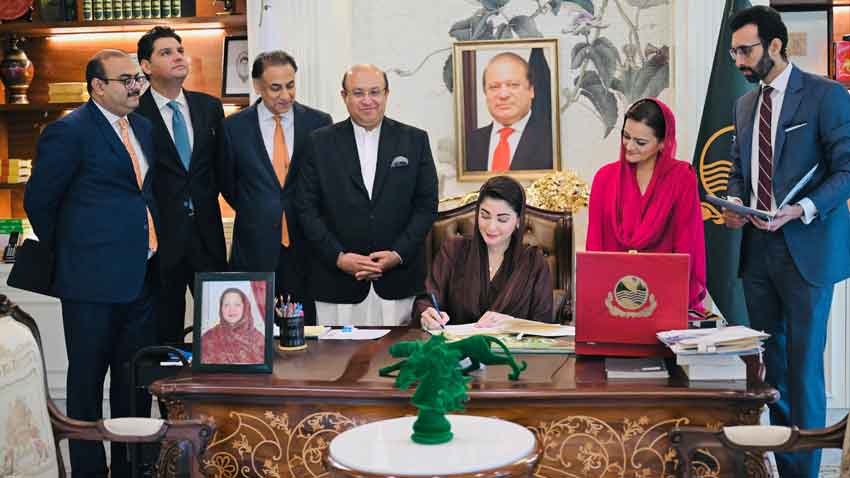
Pakistan has made remarkable progress in closing the digital divide, especially among women. According to the GSMA Mobile Gender Gap Report 2025, the mobile internet gender gap in Pakistan dropped significantly — from 38 percent in previous years to just 25 percent in 2024. This means women are now only 25 percent less likely than men to use mobile internet.
This progress stands in contrast to broader South Asia, where the gender gap remains mostly unchanged at 32 percent. The region still has an estimated 330 million women without mobile internet access.
Also read: Apple mulls iPhone price hike but wants to avoid blame game
Pakistan is now leading the region in women’s mobile internet adoption, with 45 percent of women online — compared to 39 percent in India and only 26 percent in Bangladesh. This 12-percentage point leap from 33 percent in 2023 is largely driven by increased usage among rural women.
Male mobile internet usage also rose, albeit more modestly — increasing by seven percentage points in the same period. The report further revealed that 93 percent of Pakistani men own mobile phones, outpacing India (71 percent) and Bangladesh (68 percent).
The GSMA praised Pakistan’s telecom sector and the PTA for their proactive approach. In particular, the Digital Gender Inclusion Strategy 2020 was cited as a strong policy initiative aimed at ensuring equal digital access for women.
Operators like Jazz, Telenor, and Ufone were also recognized for their commitment under the GSMA Connected Women Initiative, working to boost female participation in mobile internet usage.
Industry experts celebrated the findings, noting that nearly eight million Pakistani women came online in 2024 alone. Stakeholders are now calling for tailored measures — such as instalment-based smartphone plans and localised digital literacy programs — to sustain and accelerate this momentum.
The report also found high awareness of mobile internet in Pakistan: 89 percent of men and 86 percent of women are now familiar with mobile internet usage, highlighting a minimal gender difference in digital awareness.
Pakistan’s sharp improvement in women’s mobile internet adoption reflects successful collaboration between policymakers, telecom operators, and the regulator. The surge in digital inclusion is particularly impactful in rural areas, empowering women with access to education, business, and health services. However, sustaining this growth will depend on affordable access, culturally relevant training, and policy continuity. The momentum is promising — but the work is far from done.


